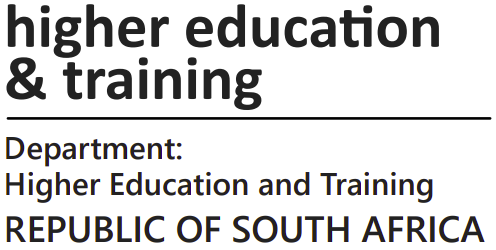Publications > Lmi programme > Briefings
How can universities and colleges improve the alignment between education and work? A systemic, demand-led approach to skills planning and development
Date posted:
2022/11/01
Publication year:
2016
Corporate author/s:
Labour Market Intelligence Partnership (LMIP), Human Sciences Research Council (HSRC) and the Department of Higher Education and Training (DHET)
Person/s author/s:
Kruss, Glenda, Petersen, Il-haam
Output-type:
briefing or fact sheet
Format:
There are no related research posts.
There is no related news.
There are no related events.
Establishing a foundation for labour market information systems in South Africa >
The purpose of this paper is to provide an overview of the key issues and problems in establishing a labour market information system in an emerging economy. The paper is structured as follows: section one considers some of the key high-level foundat...
Chasing credentials and mobility: Private higher education in South Africa >
This books brings a different set of lenses to bear on what has become the subject of intense contestation, of 'media hype', in South Africa: the private provision of higher education. This books seeks to provide a way to move beyond any polarisation...
The paper begins by exploring the central issue highlighted in a number of research reports on the SETAs: the absence of a shared understanding of their role. The paper argues that multiple objectives have an adverse effect on the performance of the...
New TVET artisan bridging and qualifications >
This presentation highlights the new TVET artisan bridging and qualifications, including 7-System, alignment of the gamut for artisans, GTTP: workflow, knowledge modules, practical skill modules, worker experience modules, a Legend for Artisan Trade...
What Can TVET providers and employers do to enhance students' employability? >
This anecdote illustrates the indispensability of workplace learning to occupational competence and job-readiness. Labour-market experts commonly identify four pre-requisites for getting a job in the modern industrial workplace: technical occupationa...
Volume 1: An analysis of international practices on funding for post-school education and training >
This international review provides a snapshot of the different institutional and funding mechanisms in place to support the post-school education and training (PSET) system across a wide range of developed and developing countries. It also raises par...
A catchment study around the location of TVET colleges (South West Gauteng TVET College) >
The University of Western Cape requested a study on the Geographic Profiling of TVET colleges across South Africa. The purpose of this study was to profile each college to identify business and commercial activities within a nearby vicinity. As part...
Planning with purpose: The use of labour market intelligence for skills planning in South Africa >
This report is the final product of a 17 month-long Skills Planning Dialogue, funded by the EU-South Africa Dialogue Facility, with the aim of supporting the establishment by the Department of Higher Education and Training of a 'credible institutiona...



